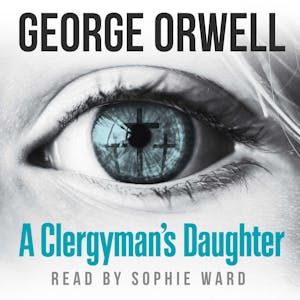What happens when faith has been forgotten?
In A Clergyman’s Daughter, George Orwell, author of the dystopian classics Nineteen Eighty-Four and Animal Farm, turns his attention to 1930s England and the life of the much put-upon daughter of a country rector.
Dorothy Hare lives in genteel poverty, sacrificing herself to the whims of her spendthrift father and the demands of her community and church. She is sustained only by her strong, Christian faith as she spends her days dodging debt collectors, ministering to the poor, and avoiding the attentions of the local lothario, Mr. Warburton.
But her world is turned upside down when she finds herself on the streets of London, destitute, with no memory of who she is, how she got there, or where she has come from.’
In this state, Dorothy scrabbles for survival: sleeping rough with down and outs in London, doing back-breaking work in the hop fields of Kent, and teaching at an unlicensed private school in the suburbs for meagre wages.
As her memory gradually returns, Dorothy’s faith is challenged by all that she has experienced in this new life, and she is forced to confront and re-evaluate her beliefs. When she finally returns to the rectory and all that was once familiar, she has matured spiritually and acknowledges that even when faith has vanished, the need for faith is still there.
Her life may carry on as before, but she sees new meaning in that mundane life. “How can anything dismay you,” she says, “if only there is some purpose in the world which you can serve… Your whole life is illumined by that sense of purpose.”
A Clergyman’s Daughter is acknowledged as Orwell’s most structurally experimental novel (an entire chapter is written in play format) and it provides a piercing insight into what happens to faith when it is confronted by the stark reality of poverty, struggle, and the social divide.
